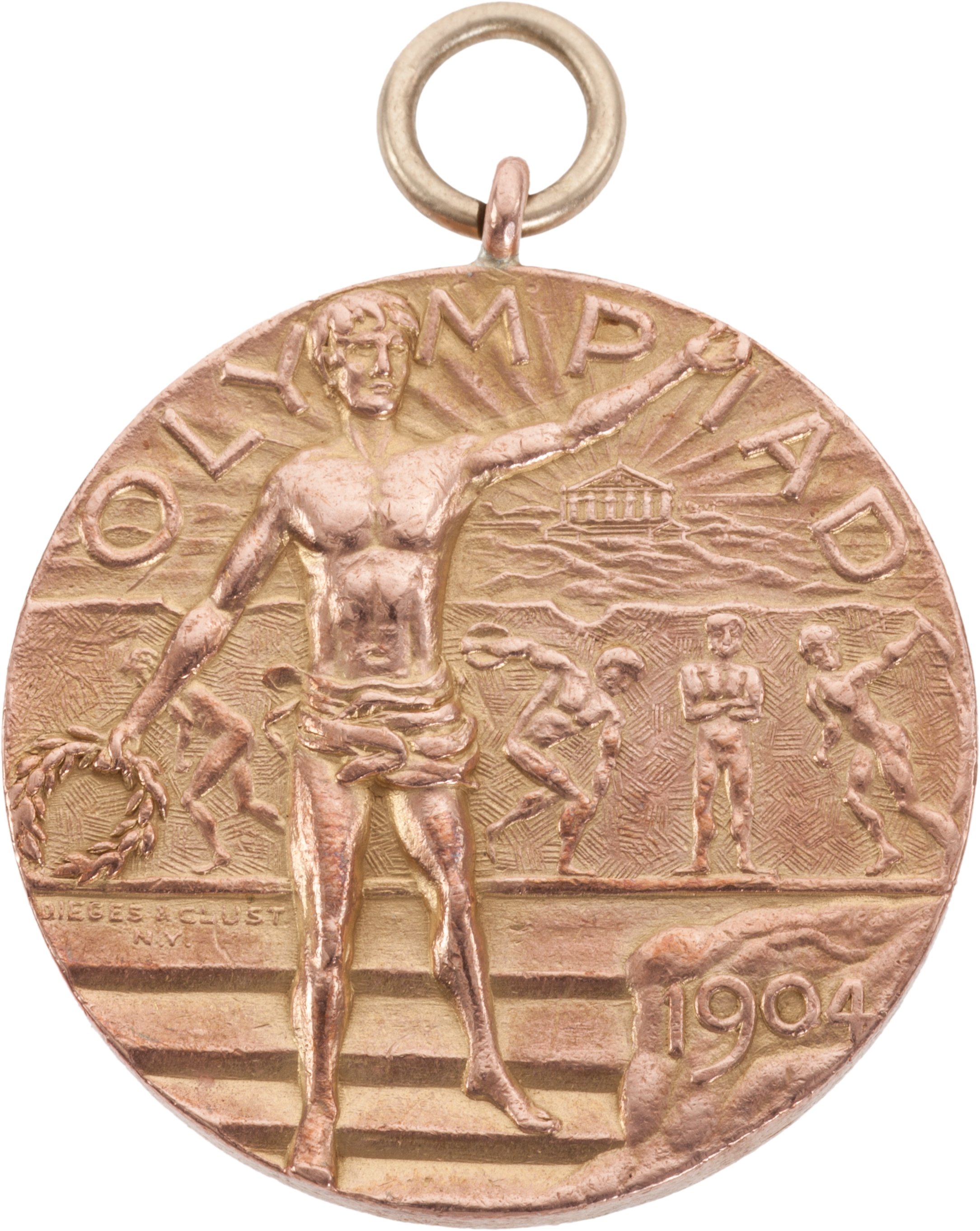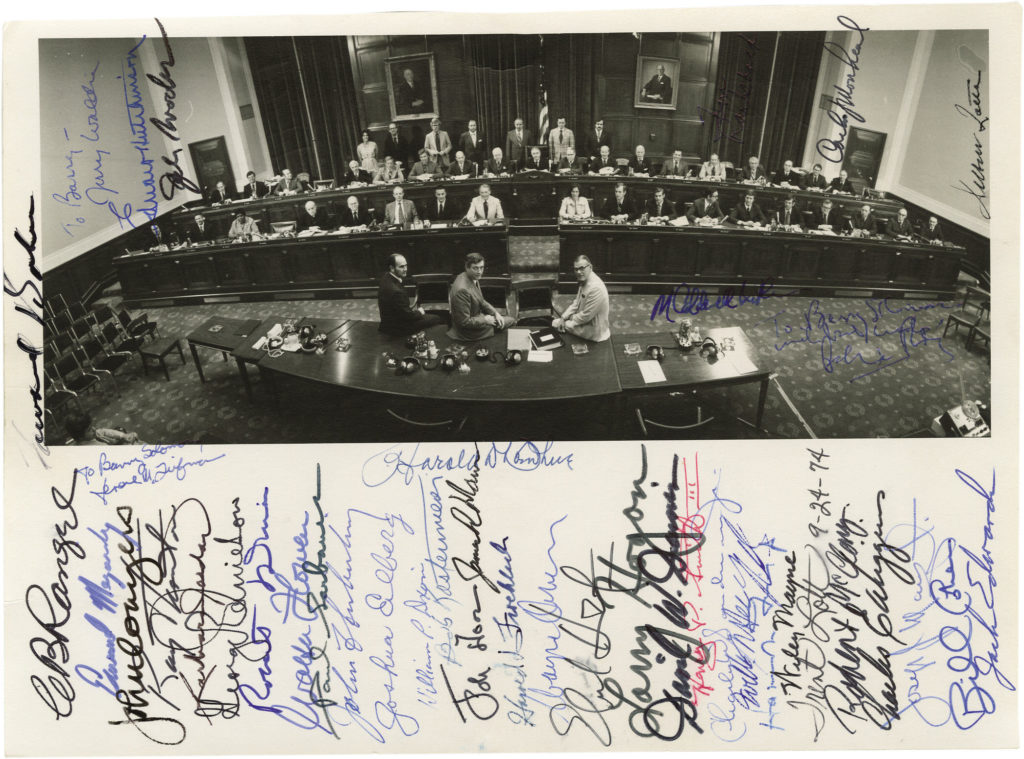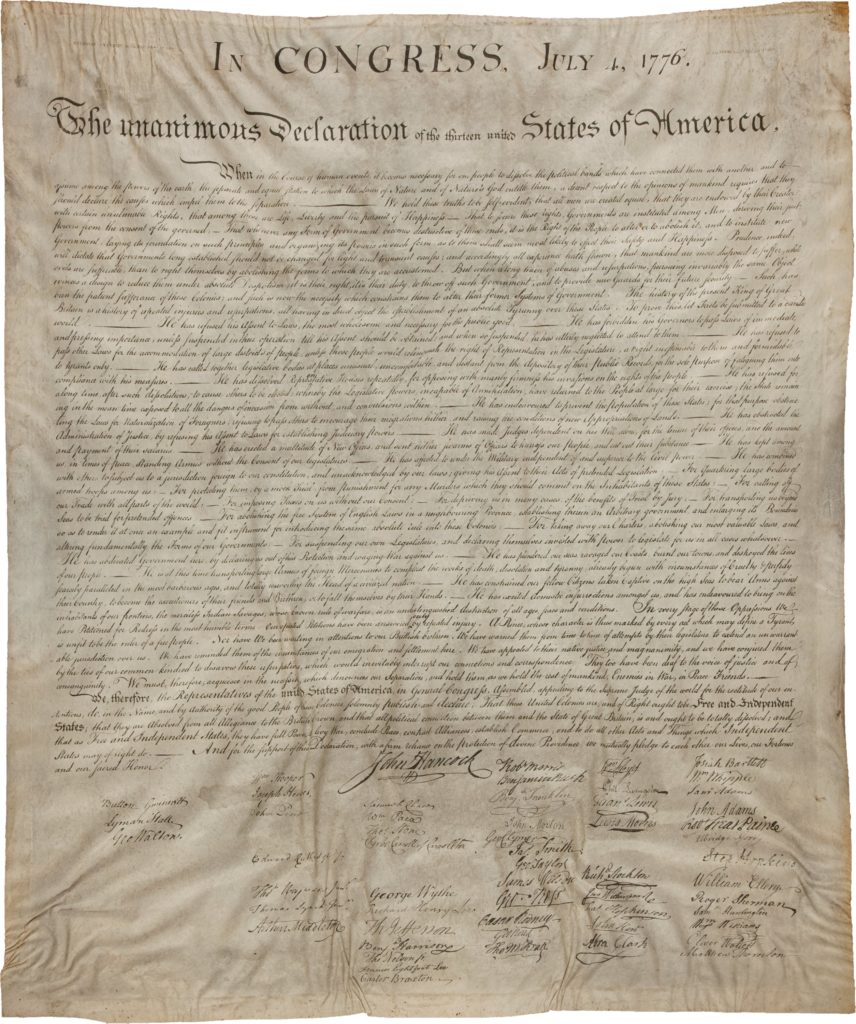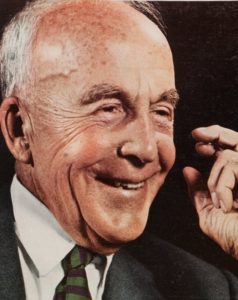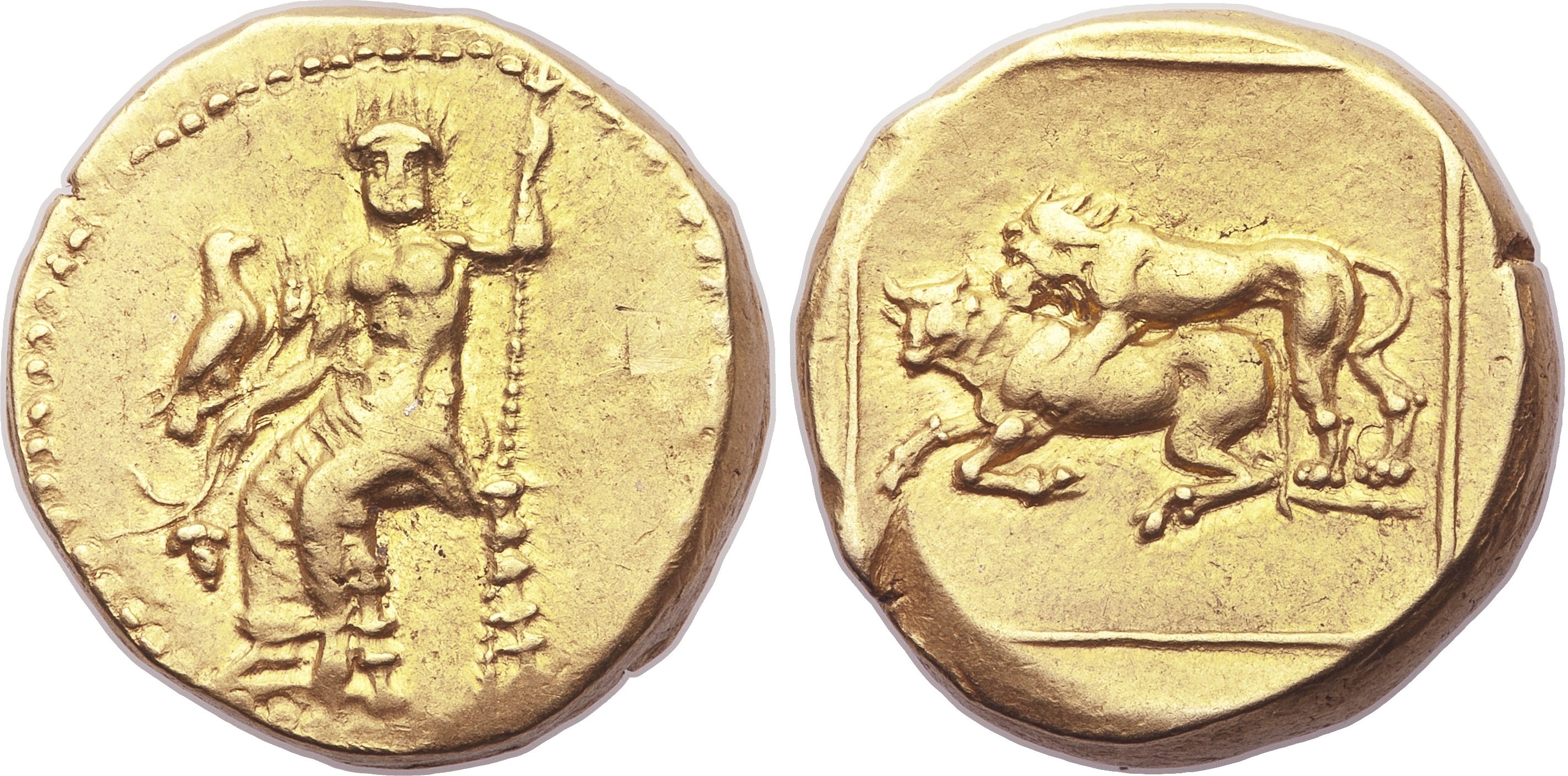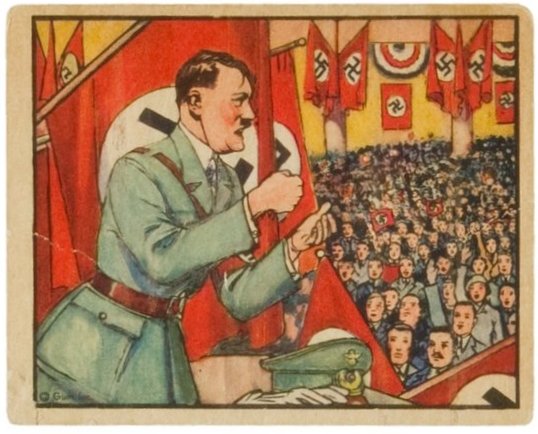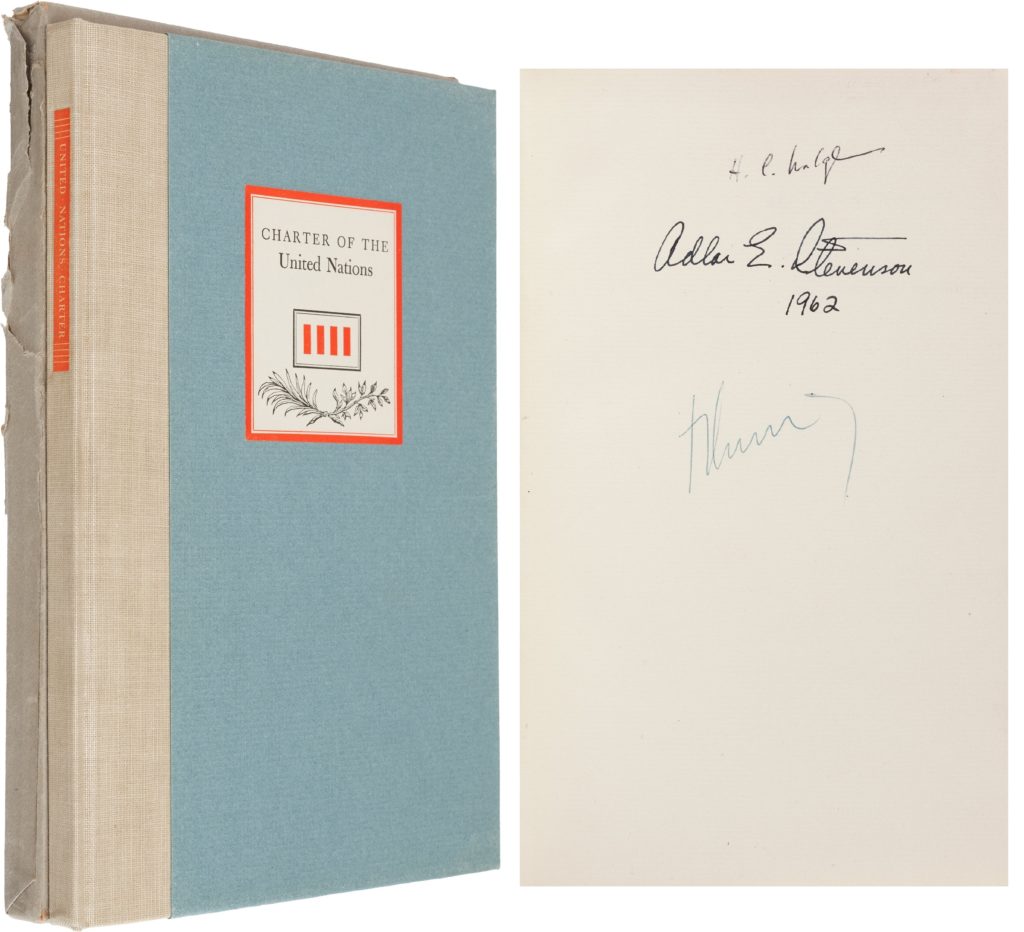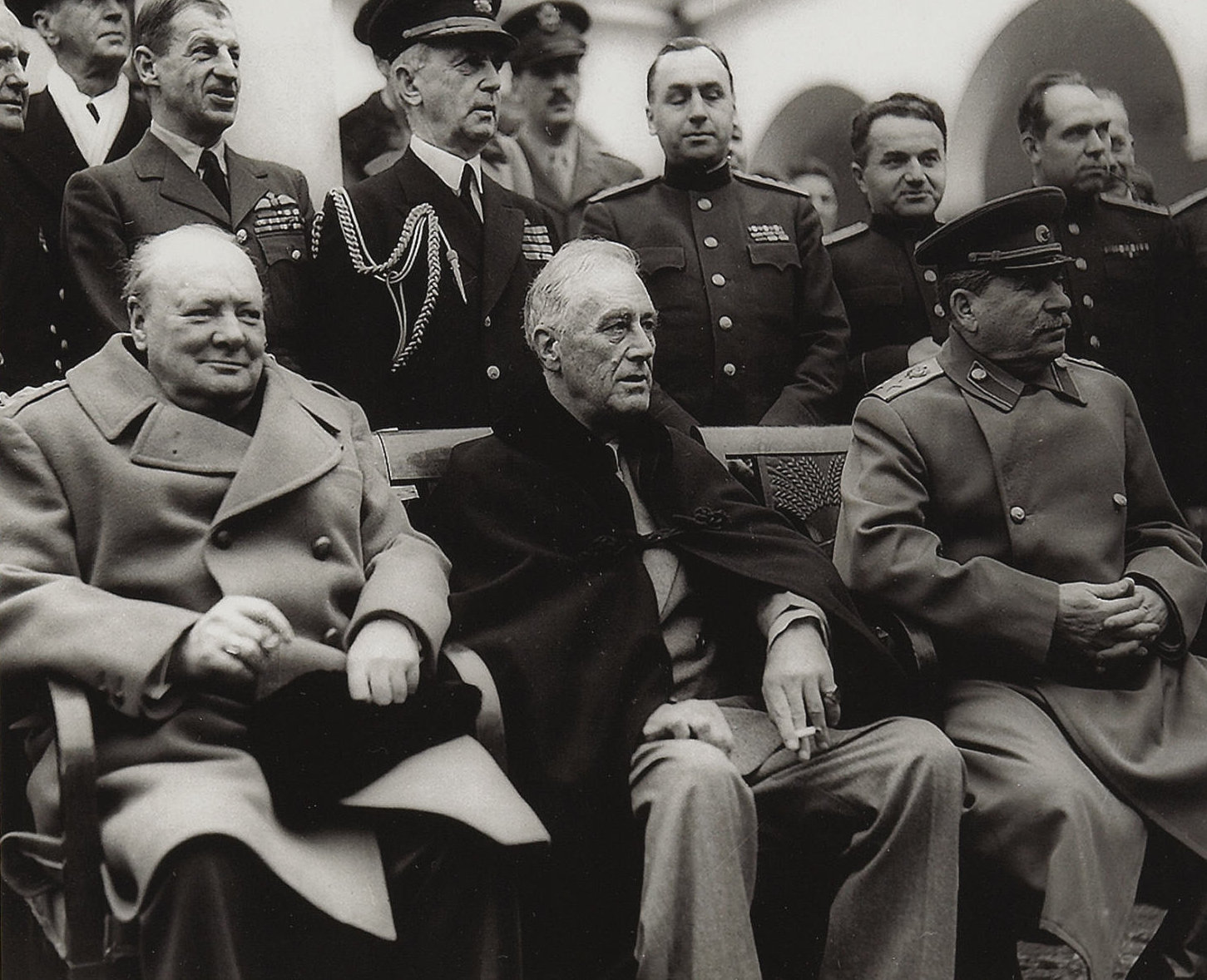
By Jim O’Neal
In the 21st century, the issue of nuclear threats primarily focuses on non-state actors, loosely defined as terrorist organizations. The prevailing theory is that too many loose nukes could result in a “suitcase bomb” detonated in New York, London or Paris. Nations would not risk the instant retaliation that would follow. This gradually evolved after WW2 and there was little doubt which nation would become America’s next adversary.
During the war, the United States and Soviet Union shared a mutual objective of defeating Germany and this blurred the stark differences in politics and culture. Among the most indelible images are photographs of American soldiers and their Russian counterparts meeting at the Elbe River, signaling the war’s triumphant end.
However, once the glow of victory ebbed (and it faded fast), Russian soldiers brutally raped their way through a defeated Germany, and communications between the two sides devolved into intense suspicion. For Americans, the situation seemed clear. The Soviets were basically an evil nation, intent on spreading their godless theology … especially in crippled Europe, Turkey and the oil-rich land of Iran.
To the leaders in Moscow, the Americans were the new imperialists, eager to deny Russia the spoils of war that had extracted a significant price from the Russian people. They also suspected we were intent on preventing them from building a buffer defense zone against another invasion of their western border. Just as America had balked at Versailles, we would now prevent them from acquiring the war treasure they deserved.
American negotiators pleaded for democratic principles to reorganize the ravaged nations of Europe. But the Russians were adamant about holding those lands where the Russian army stood, plus gaining ground adjacent. Many in the United States blamed the negotiations at the 1945 Yalta Conference, where a sick President Franklin D. Roosevelt had conceded too much in return for assistance in the Pacific. In the end, Soviet Premier Joseph Stalin simply solidified Russian control throughout Eastern Europe, beginning a pattern of deportations, intimidation and corruption. This led to the “People’s Democracies” (fiercely loyal to the Soviet Union) in Poland, Hungary, Romania, East Germany and Czechoslovakia.
As others obtained nuclear capability and the Cold War intensified, the world somehow managed to fight wars in China, Korea, Vietnam and dozens of other places despite 60 years of MAD (Mutually Assured Destruction). The “Doctor Strangelove” scenario never came to pass as nations were always acutely sensitive to the assurance of immediate annihilation.
Today, acts of terrorism have become routine and, surprisingly, another Cold War is heating up via rebuilding nuclear stockpiles, cyber threats and rogue nations like North Korea and Iran openly talking of death and destruction. It seems like the worst-case scenario is in full bloom. Who would have predicted a more dangerous world than the one we lived through in the 50 years preceding the fall of the Berlin Wall and the crumbling of the Evil Empire?
Sigh.
 Intelligent Collector blogger JIM O’NEAL is an avid collector and history buff. He is president and CEO of Frito-Lay International [retired] and earlier served as chairman and CEO of PepsiCo Restaurants International [KFC Pizza Hut and Taco Bell].
Intelligent Collector blogger JIM O’NEAL is an avid collector and history buff. He is president and CEO of Frito-Lay International [retired] and earlier served as chairman and CEO of PepsiCo Restaurants International [KFC Pizza Hut and Taco Bell].

